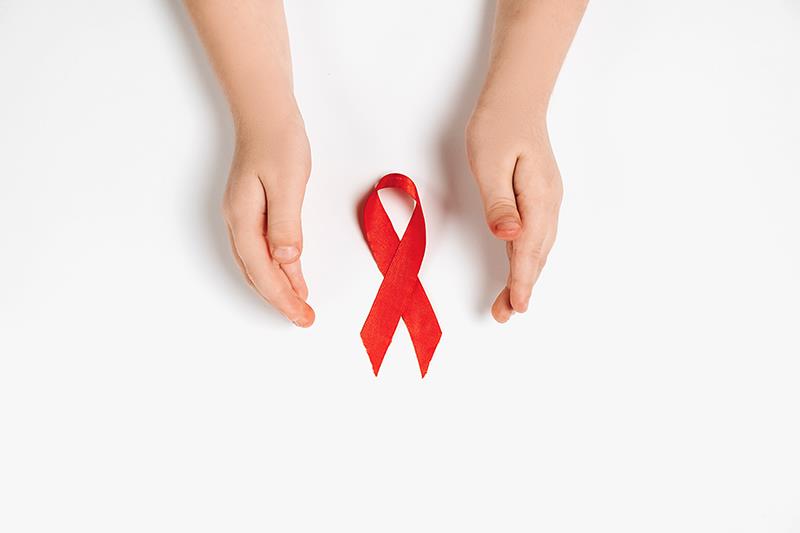Several factors tied to treatment failure in children starting first-line ART





In children living with HIV initiating antiretroviral therapy (ART), factors such as the ART regimen, age, BMI, and baseline CD4 count, among others, can predict treatment failure, according to a study.
Adjusted analysis of data from the ODYSSEY trial showed that children who received dolutegravir-based ART had a 53-percent lower risk of treatment failure compared with those who received standard of care (SOC) (hazard ratio [HR], 0.47, 95 percent confidence interval [CI], 0.29–0.76; p=0.002), reported first study author Dr James Wyncoll, University College London, London, UK. [IAS 2025, abstract 832]
Furthermore, the risk decreased by 9 percent for every additional year of age at ART initiation (HR, 0.91, 95 percent CI, 0.87–0.95; p<0.001), by 23 percent for each 1-unit increase in BMI-for-age Z-score (HR, 0.77, 95 percent CI, 0.66–0.90; p=0.001), and by 2 percent for each 1-percent increase in CD4 percentage (HR, 0.98, 95 percent CI, 0.96–1.00; p=0.048).
Other factors including an ongoing WHO stage 3/4 event, higher neutrophils, and being at an African site independently predicted treatment failure, although the associations did not reach statistical significance. Nevertheless, the author noted that these predictors were still important based on the results of the bootstrap sampling approach.
Importantly, the predictors did not differ between the treatment arms, Wyncoll added. Lower age, lower BMI-for-age Z-score, lower CD4 percentage, an ongoing WHO stage 3/4 event, higher neutrophils, and being at an African site were associated with treatment failure in both the dolutegravir-based ART and SOC arms.
In survival curve analysis evaluating the combined effect of the risk factors on the success of ART in children, the probability of treatment failure by week 96 was 31 percent among those with a high-risk profile (age 1 year, CD4 of 20 percent, BMI-for-age Z-score of –2) as opposed to only 5 percent among those with a low-risk profile (age 12 years, CD4 of 30 percent, BMI-for-age Z-score of 1).
“These findings suggest that children living with HIV starting ART would benefit from screening for ongoing WHO-stage 3/4 events and CD4 testing to identify those at high risk of treatment failure, with low-weight/younger children particularly vulnerable,” Wyncoll said.
He called for more research to evaluate interventions such as nonoral ARTs, enhanced treatment, and adherence support to improve outcomes in children at high risk of treatment failure.
The analysis included 381 children starting first-line ART in the ODYSSEY trial. Of these, 309 weighed ≥14 kg (154 in the dolutegravir arm, 155 in the SOC arm [92 percent efavirenz-based]) and 72 weighed <14 kg (35 dolutegravir arm, 37 in the SOC arm [78 percent boosted lopinavir-based]).
Most of the children (82 percent) were from Africa, 13 percent were from Thailand, and 5 percent were from Europe. At baseline, median age was 10.5 years, median CD4 was 20 percent, median BMI-for-age z-score was –0.58, and 73 (19 percent) children had ongoing WHO-stage 3/4 events.
The primary outcome of treatment failure, defined as either virologic or clinical, occurred in 75 children by 96 weeks, including 24 in the dolutegravir group and 51 in the SOC group.